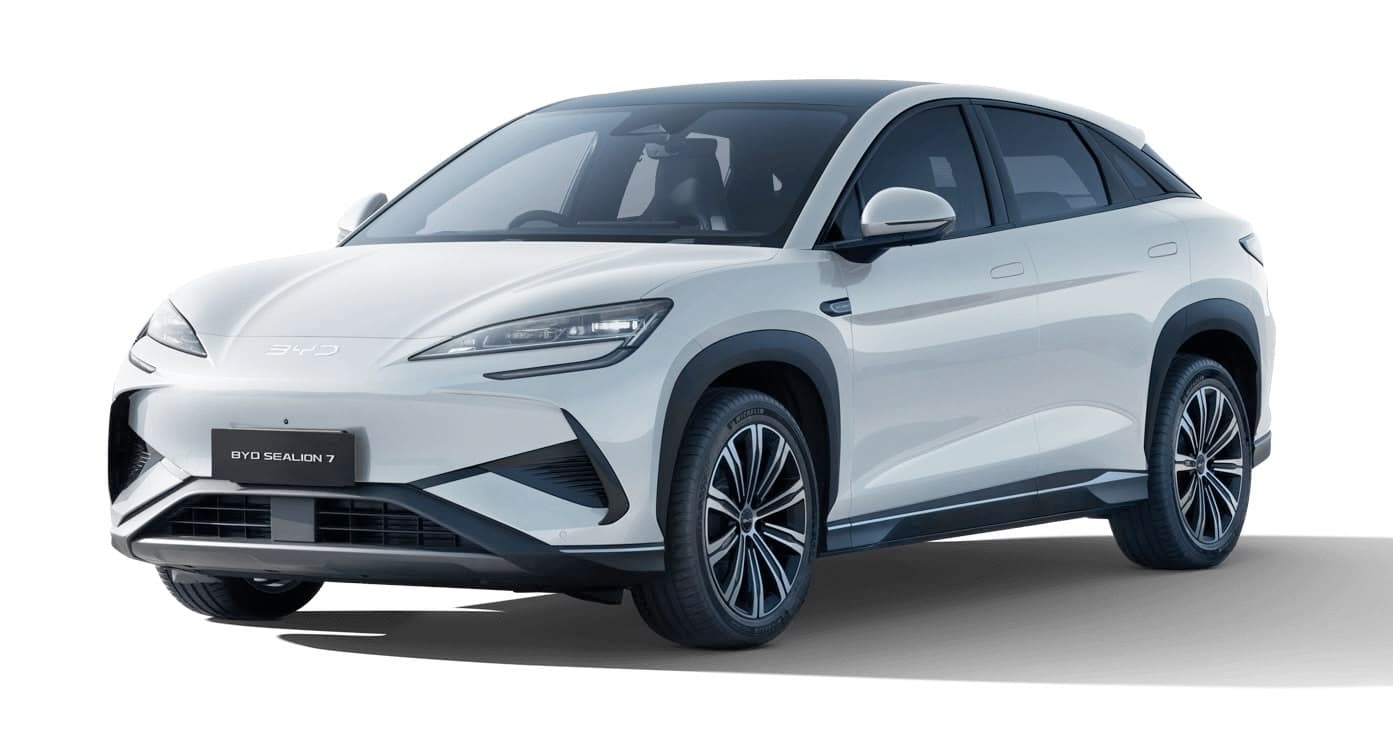BYD Sealion 7

Price Range
$67,990 - $79,990
Range (WLTP)
456 - 482 km
Battery Size
84 kWh
Variants
Performance
0-100 km/h
6.7 sTotal Power
230 kWTorque
380 NmTop Speed
215 km/hDrive
RWDRange & Efficiency
WLTP Range
482 kmWLTP Consumption
199 Wh/kmHighway Range
376 kmYour Real Range
Calculate Battery & Charging
Battery (nominal)
84 kWhBattery (usable)
82.5 kWhBattery type
LFPAC Charging
11 kWDC Charging
150 kWVehicle-to-Load (V2L)
YesDimensions & Weight
Length
4830 mmWidth
1925 mmHeight
1620 mmGround Clearance
157 mmWeight
2225 kgShape
Large SUVSeats
5Storage & Towing
Boot Space
520 LBoot Space (Max)
1789 LFrunk
58 LTowing (Braked)
750 kgTowing (Unbraked)
750 kgHow many BYD Sealion 7 have been sold in NZ?
There have been 240 registered to date (all NZ new).
BYD Sealion 7 registrations
Monthly units (includes new and used import)
